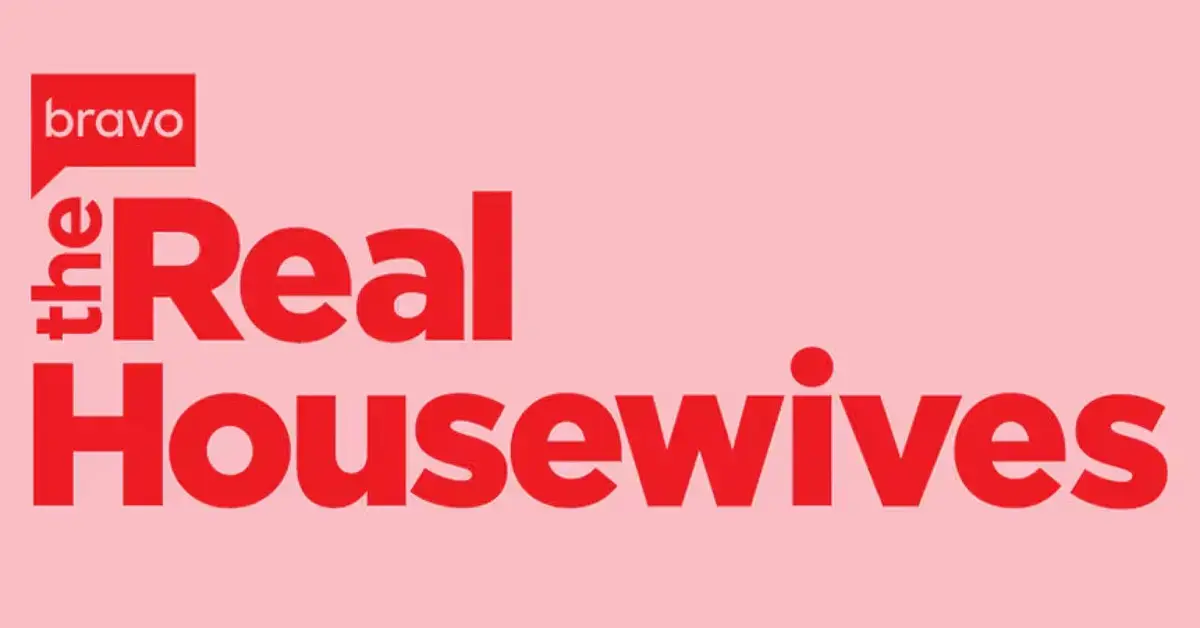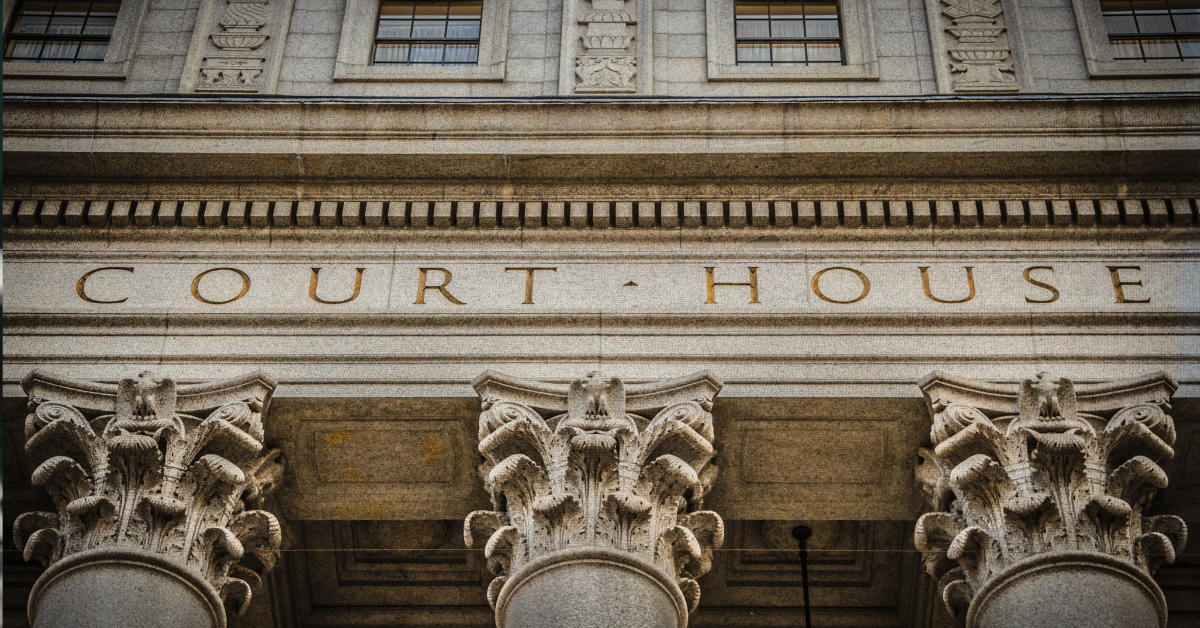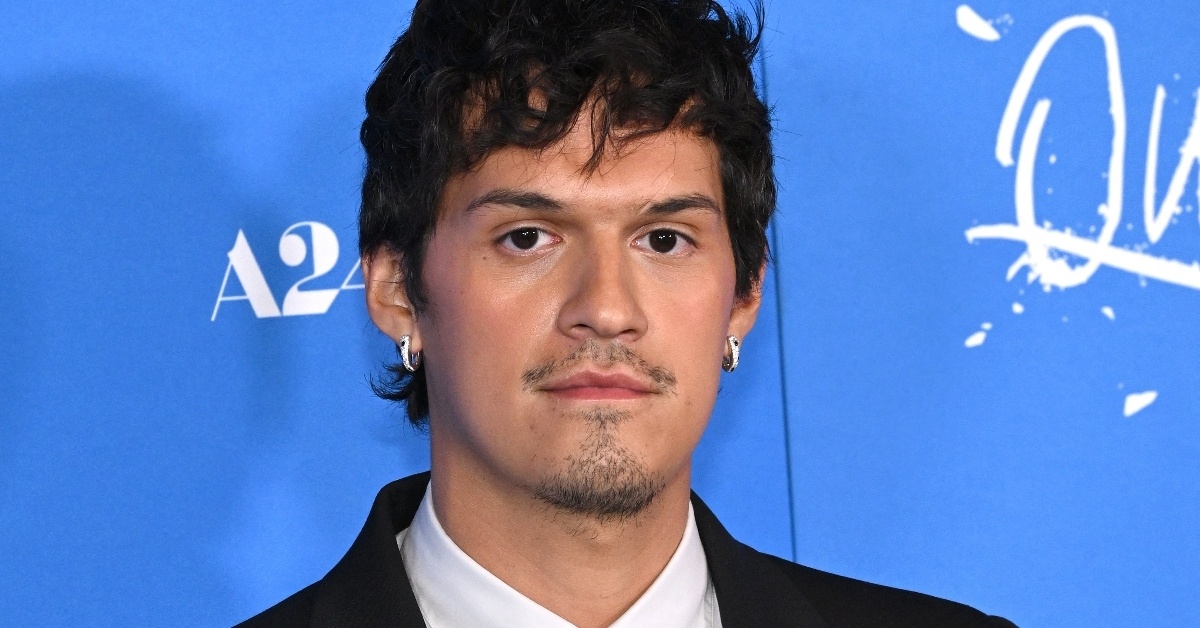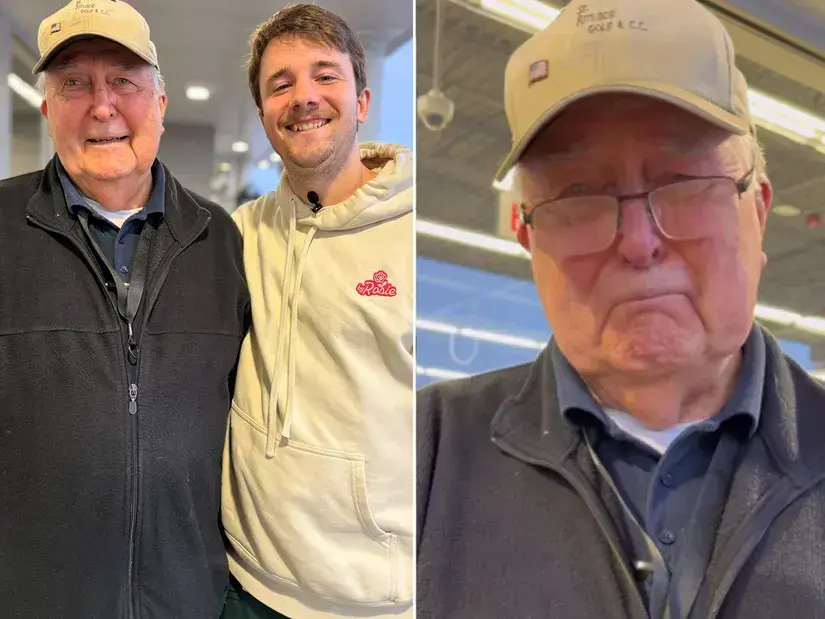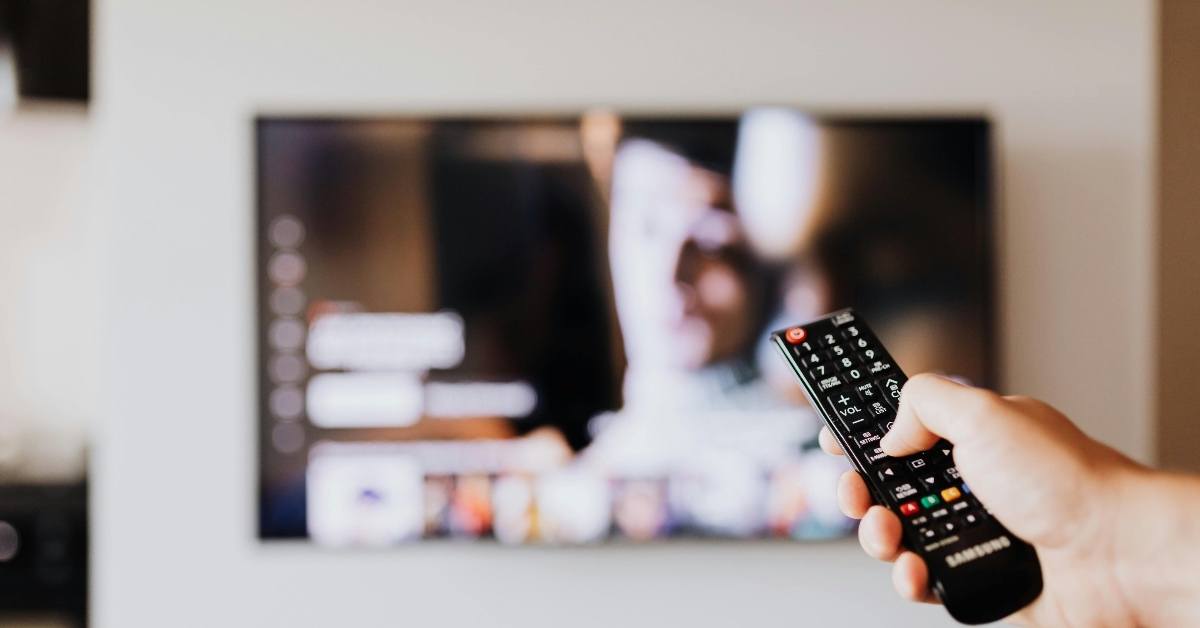BY: Nick Fulton
Published 2 months ago
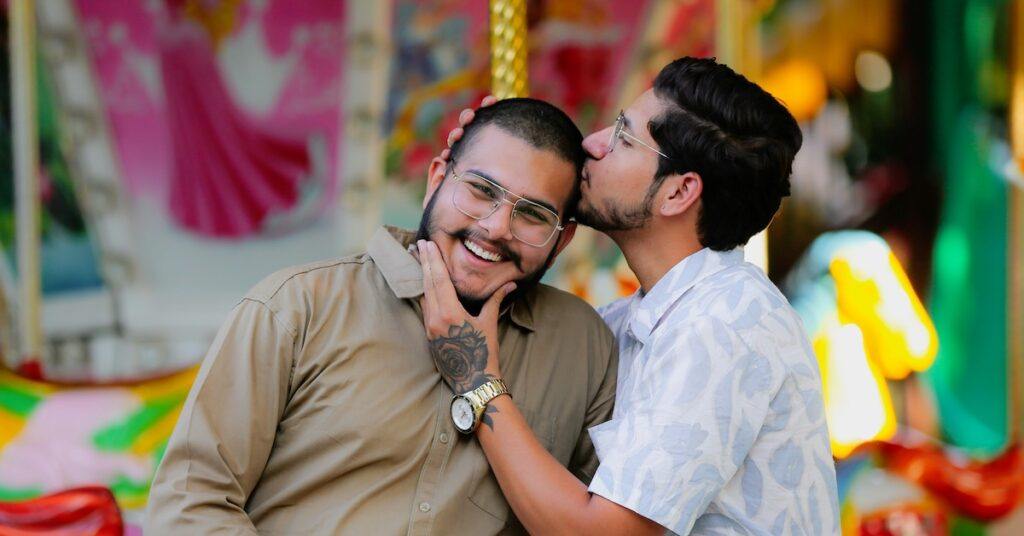
Each year on Oct. 15, communities across the United States observe National Latinx HIV/AIDS Awareness Day (NLAAD), a day dedicated to raising awareness about the impact of HIV and AIDS within Latinx communities and highlighting the urgent need for testing, prevention, and equitable health care access. More than a commemoration, NLAAD serves as a call to action: to address stigma, celebrate resilience, and ensure that Latinx voices remain at the center of the national HIV conversation.
The Origins of NLAAD
NLAAD was established in 2003 by the Latino Commission on AIDS, a nonprofit organization founded in 1990 to combat the disproportionate impact of HIV and AIDS on Hispanic and Latinx communities. The Commission launched the observance to coincide with the end of Hispanic Heritage Month, ensuring that conversations about culture and identity would also include dialogue about health equity and public health disparities.
When it began, the U.S. was still grappling with the uneven toll of HIV/AIDS. Latinx people — who represent roughly 19% of the U.S. population — were, and still are, diagnosed with HIV at higher rates than their white counterparts. By creating a nationally recognized day, the Latino Commission on AIDS sought to build visibility, foster community partnerships, and encourage testing and education campaigns tailored specifically to Latinx audiences.
Since its inception, NLAAD has evolved into a national movement, uniting community health organizations, advocacy groups, and individuals in all 50 states and Puerto Rico. Each year features a new theme — from “Lead with Love” to “Living with HIV: You Are Not Alone” — reflecting the ongoing efforts to reduce stigma, humanize those affected, and center compassion as a core value in HIV advocacy. This year’s theme is “Should I get tested for HIV? Yes!”
How Allies Can Show Support
While NLAAD uplifts Latinx voices, it also invites allies from all backgrounds to join in solidarity. Meaningful allyship begins with education. Allies can start by learning about the systemic barriers that contribute to higher rates of HIV among Latinx populations — including poverty, discrimination, and limited access to culturally competent healthcare. Sharing accurate information, especially in bilingual or multilingual contexts, helps counter misinformation and reduce fear.
Next, allies can amplify Latinx-led organizations. The Latino Commission on AIDS, along with community-based groups like Bienestar Human Services and La Clínica del Pueblo, leads vital outreach programs that provide testing, treatment, and support. Donating, volunteering, or even sharing their campaigns online can make a tangible impact.
Another key step is destigmatization. HIV stigma remains a powerful deterrent to testing and treatment, particularly in communities where conversations about sexuality and health are often taboo. Allies can use their platforms — whether personal or professional — to challenge stereotypes and normalize HIV prevention practices, such as PrEP and regular testing.
Finally, allyship means listening. The experiences of Latinx individuals living with HIV are complex and shaped by intersecting identities — race, gender, sexuality, and more. Uplifting their stories and respecting their leadership ensures that the movement for HIV justice remains inclusive and grounded in lived experience.
National Latinx HIV/AIDS Awareness Day stands as a reminder that the fight against HIV is far from over, and that progress depends on collective effort. By honoring its origins and practicing active allyship, we move closer to a future where health equity and dignity are realities for every community.

